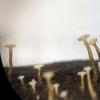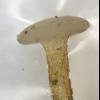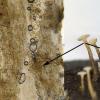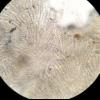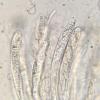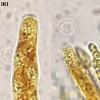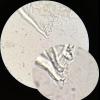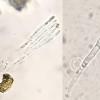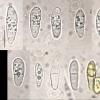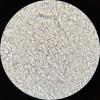
26-11-2025 18:13
The entire run of Mycotaxon is now available throu

25-11-2025 14:24
Thomas Læssøehttps://svampe.databasen.org/observations/10490522

25-11-2025 11:03
Mick PeerdemanHi all,One of my earliest microscopy attempts, so

24-11-2025 15:23
Arnold BüschlenHallo, auf einer offenen Kiesfläche am Rande ein

23-11-2025 11:16
Bohan JiaHi, I found small discs growing on dead stem of

21-11-2025 10:56
 Christopher Engelhardt
Christopher Engelhardt
Very small (~0,5 mm) white ascos, found yesterday
Here is what I believe to be a Hymenoscyphus growing on very wet wood which was lying in mud and water in a New York park. They have a long stipe and convex hymenium. Trees nearby included Fagus, Quercus, Tsuga. My hunch is that the wood is hardwood.
Asci are IKI+ with croziers, 101-108 x 11.4-12.7µm.
Spores are fusiform, rounded at the ends with multiple guttules, occasionally 1-septate, 14.1-21.6 x 4.1-6.3µm.
Paraphyses branch, with oil content (I think).
The stipe excipulum is textura prismatica, and there is brown pigment among the cells. The medulliary excipulum is textura angularis verging on textura globulosa.
Long ago on this forum I posted something similar (but with a shorter stipe) which Zotto suggested might be Hymenoscyphus varicosporoides. Could this be that as well?
Thanks in advance,
Ethan




